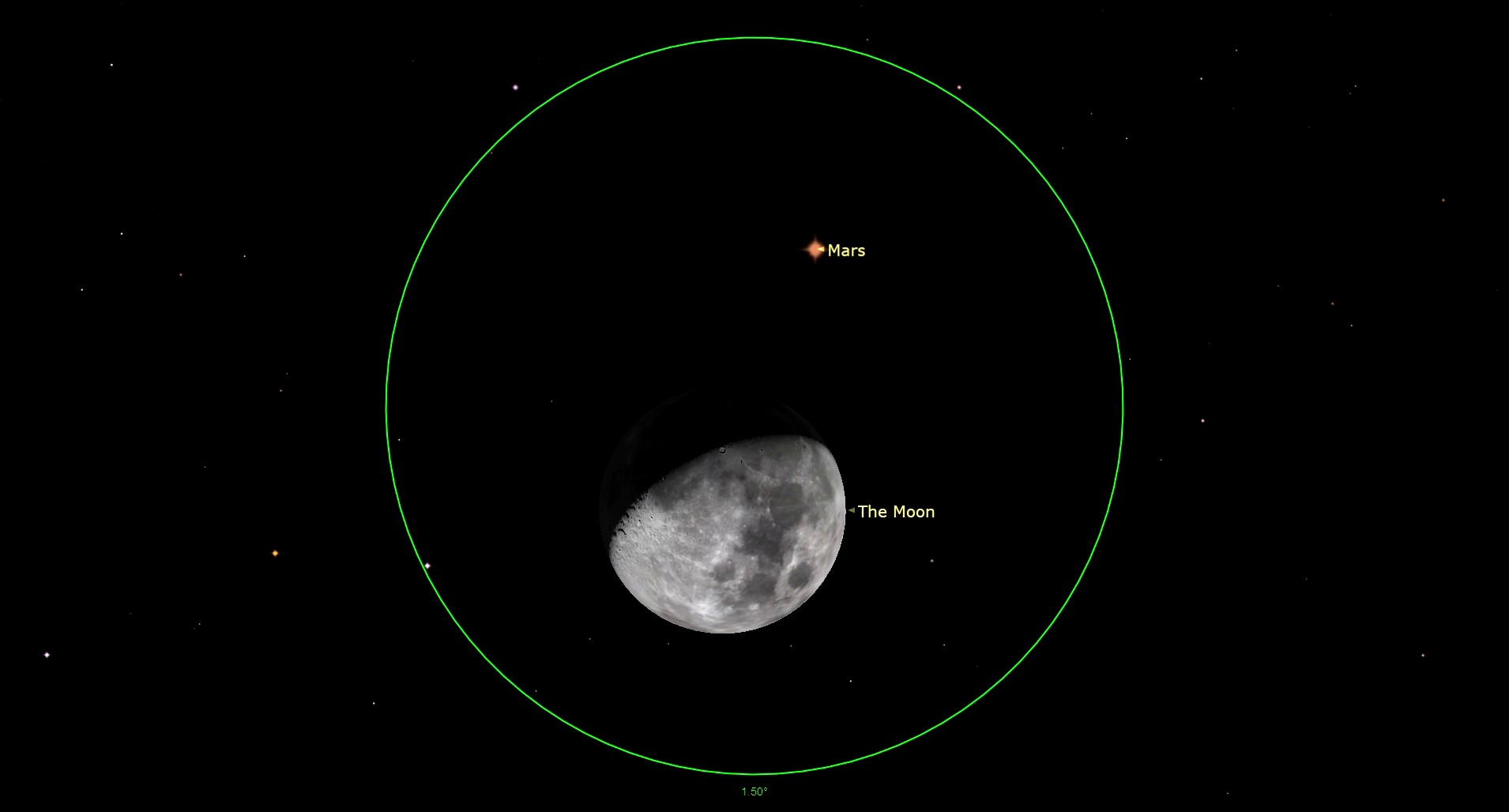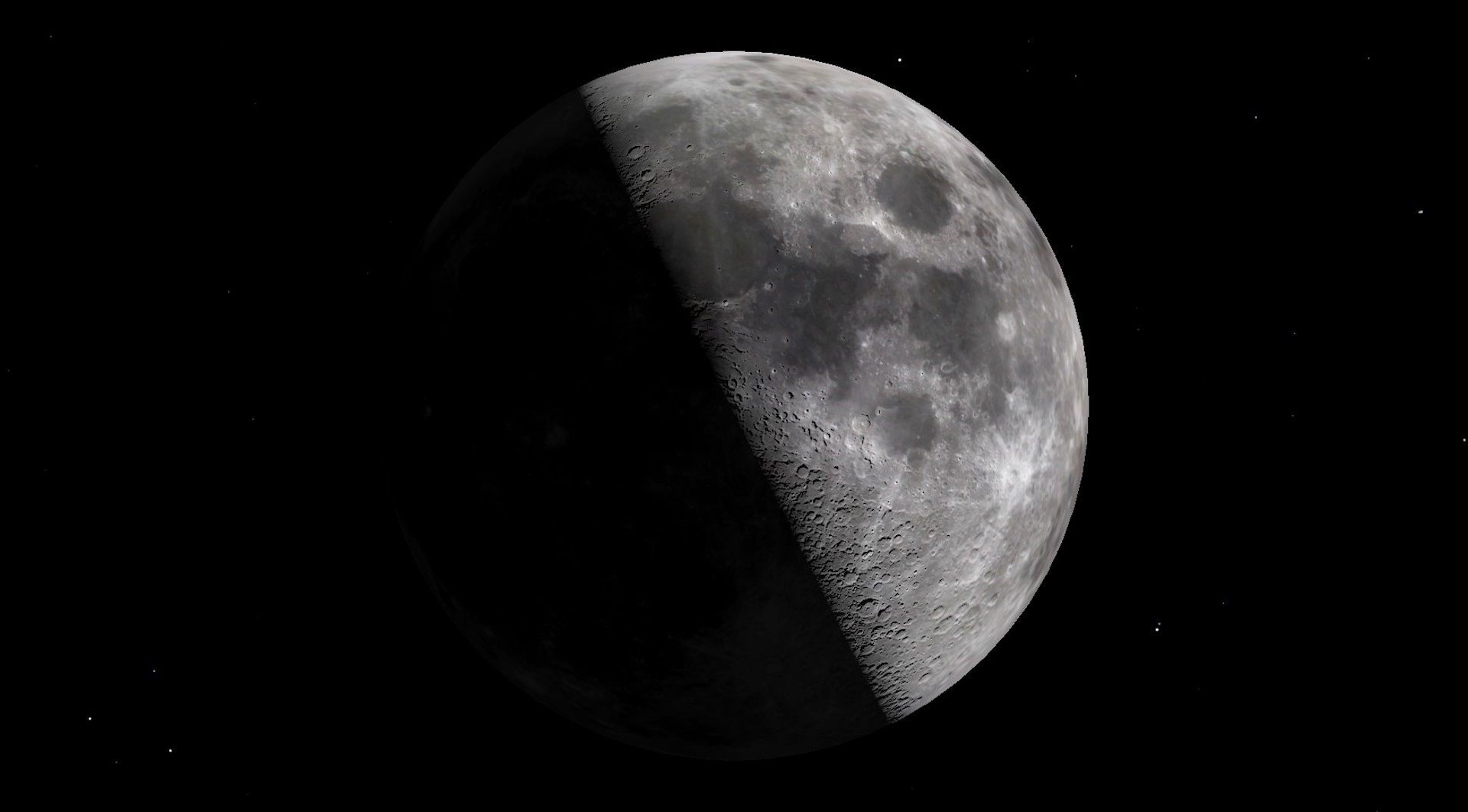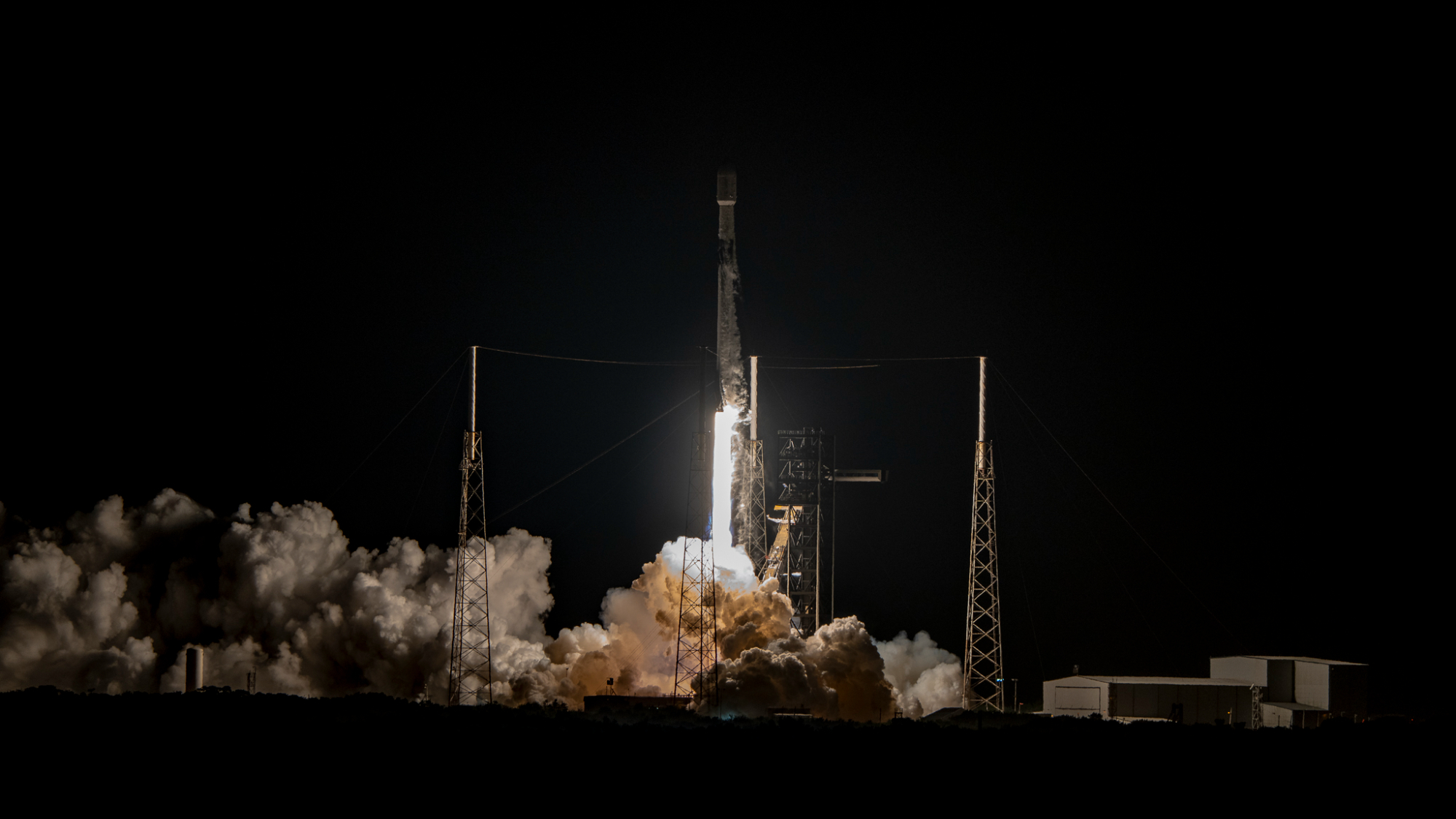
Stefanie Waldek
Space.com contributing writer Stefanie Waldek is a self-taught space nerd and aviation geek who is passionate about all things spaceflight and astronomy. With a background in travel and design journalism, as well as a Bachelor of Arts degree from New York University, she specializes in the budding space tourism industry and Earth-based astrotourism. In her free time, you can find her watching rocket launches or looking up at the stars, wondering what is out there. Learn more about her work at www.stefaniewaldek.com.
Latest articles by Stefanie Waldek
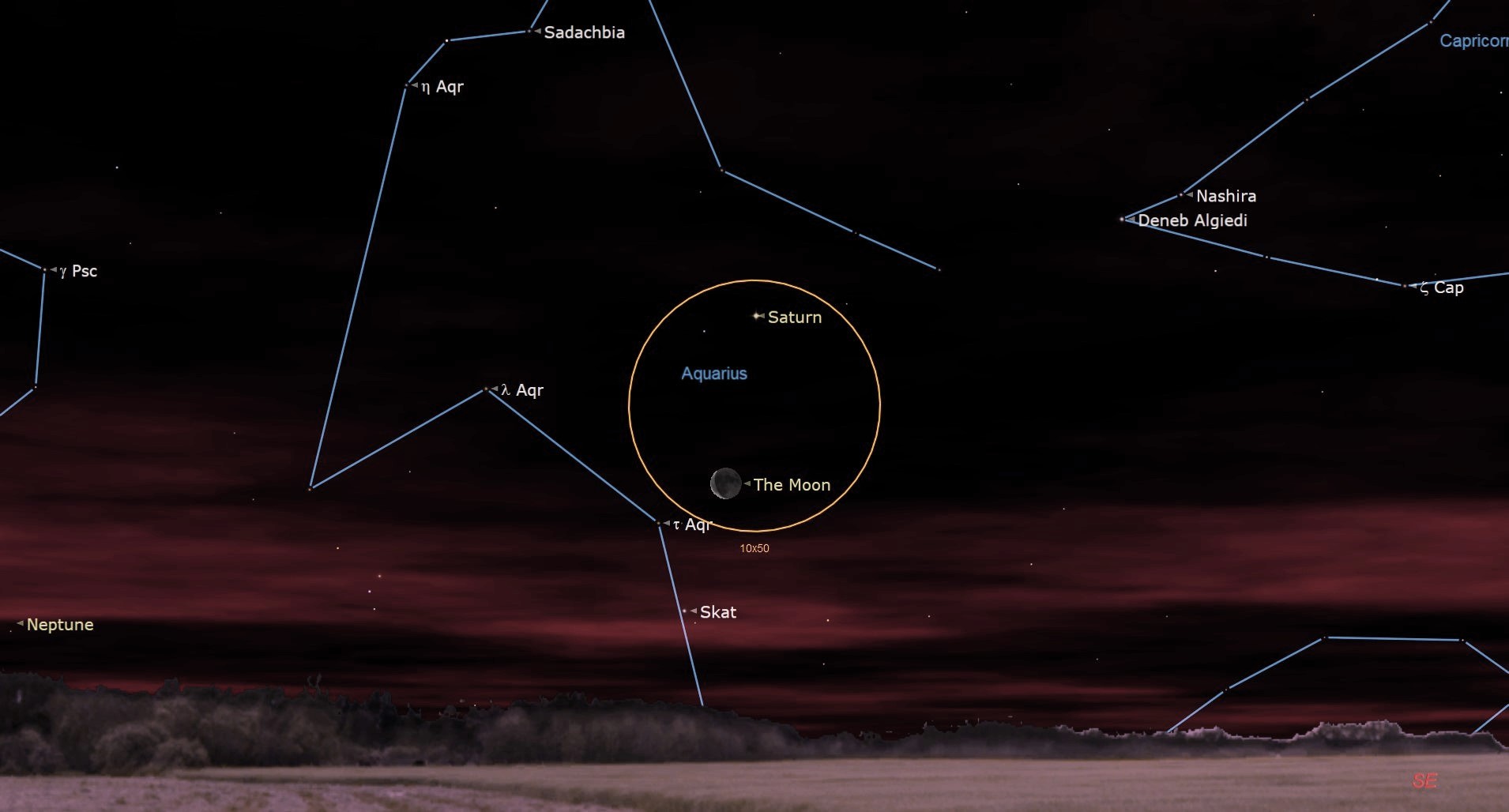
Watch the moon and Saturn have a close encounter in the sky tonight
By Stefanie Waldek published
The moon and Saturn will be separated by about three degrees during a conjunction and close approach that occurs overnight on April 15.
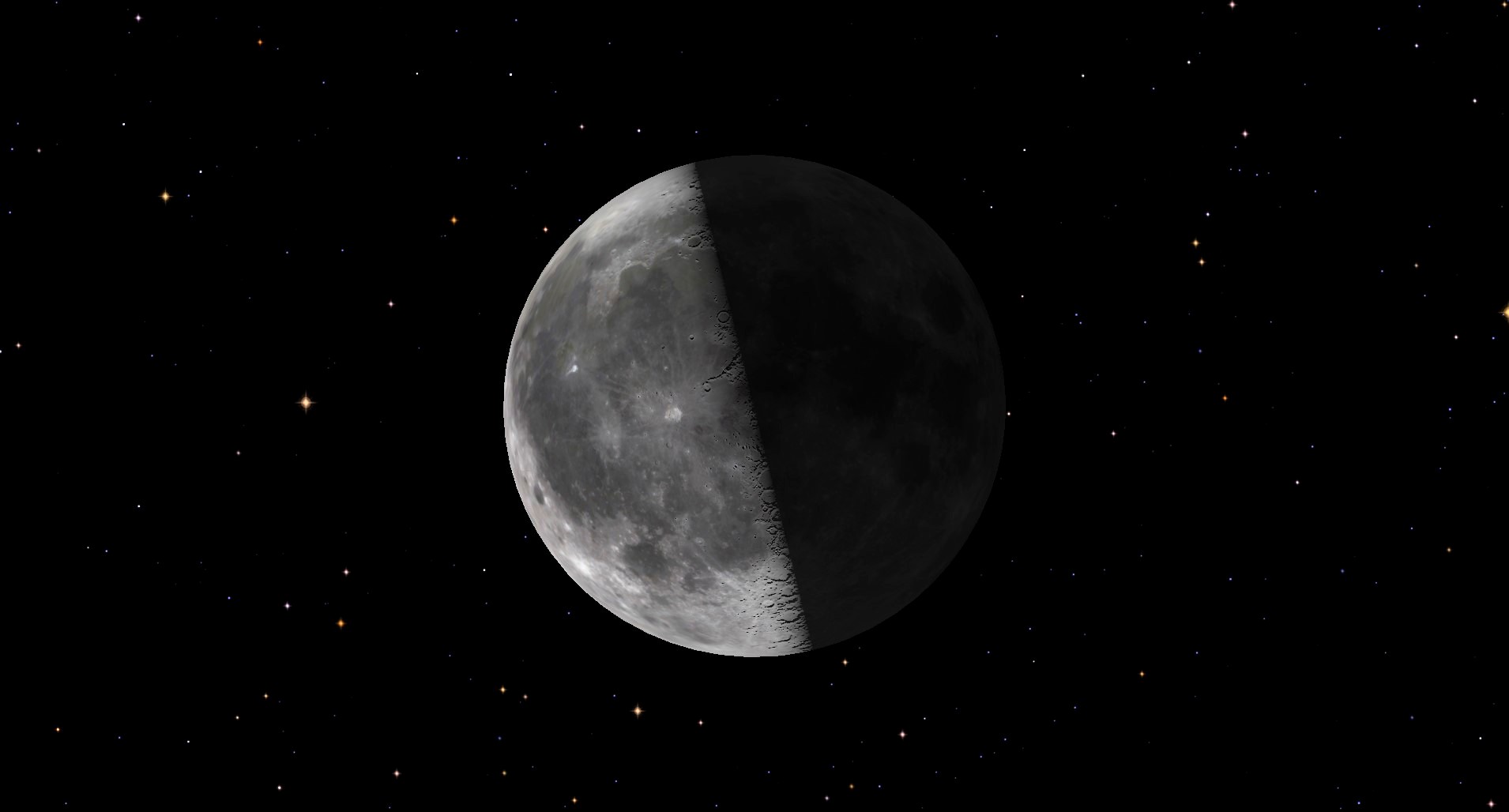
Watch the half-lit last quarter moon illuminate the night sky tonight
By Stefanie Waldek published
As we get closer to the new moon, stargazing conditions will improve with the lack of natural light pollution.
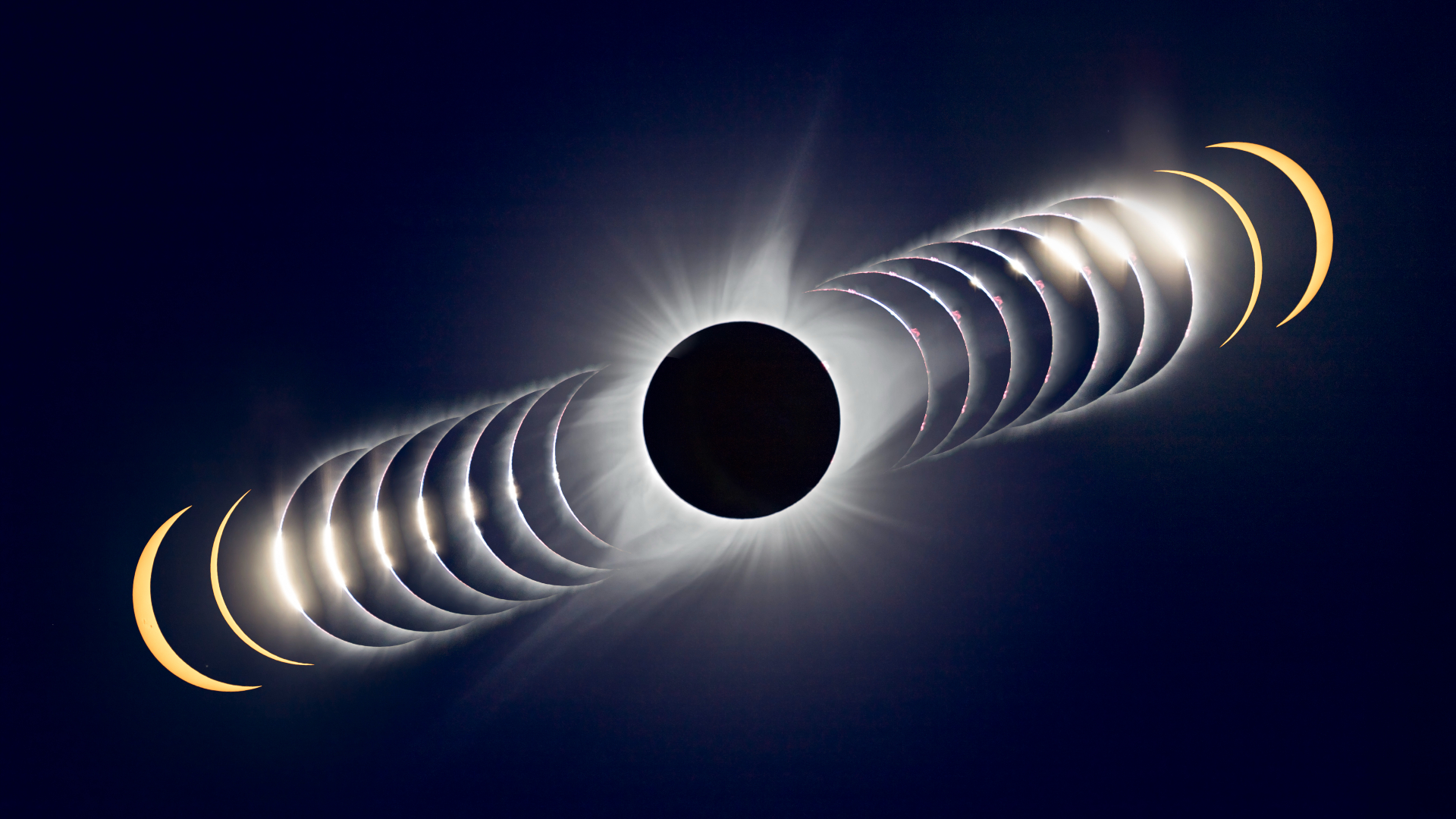
What time is the rare hybrid solar eclipse on April 20?
By Stefanie Waldek published
On April 20, 2023, there will be a rare hybrid solar eclipse. Though you won't be able to see the eclipse from North America, you can still tune in to live streams.
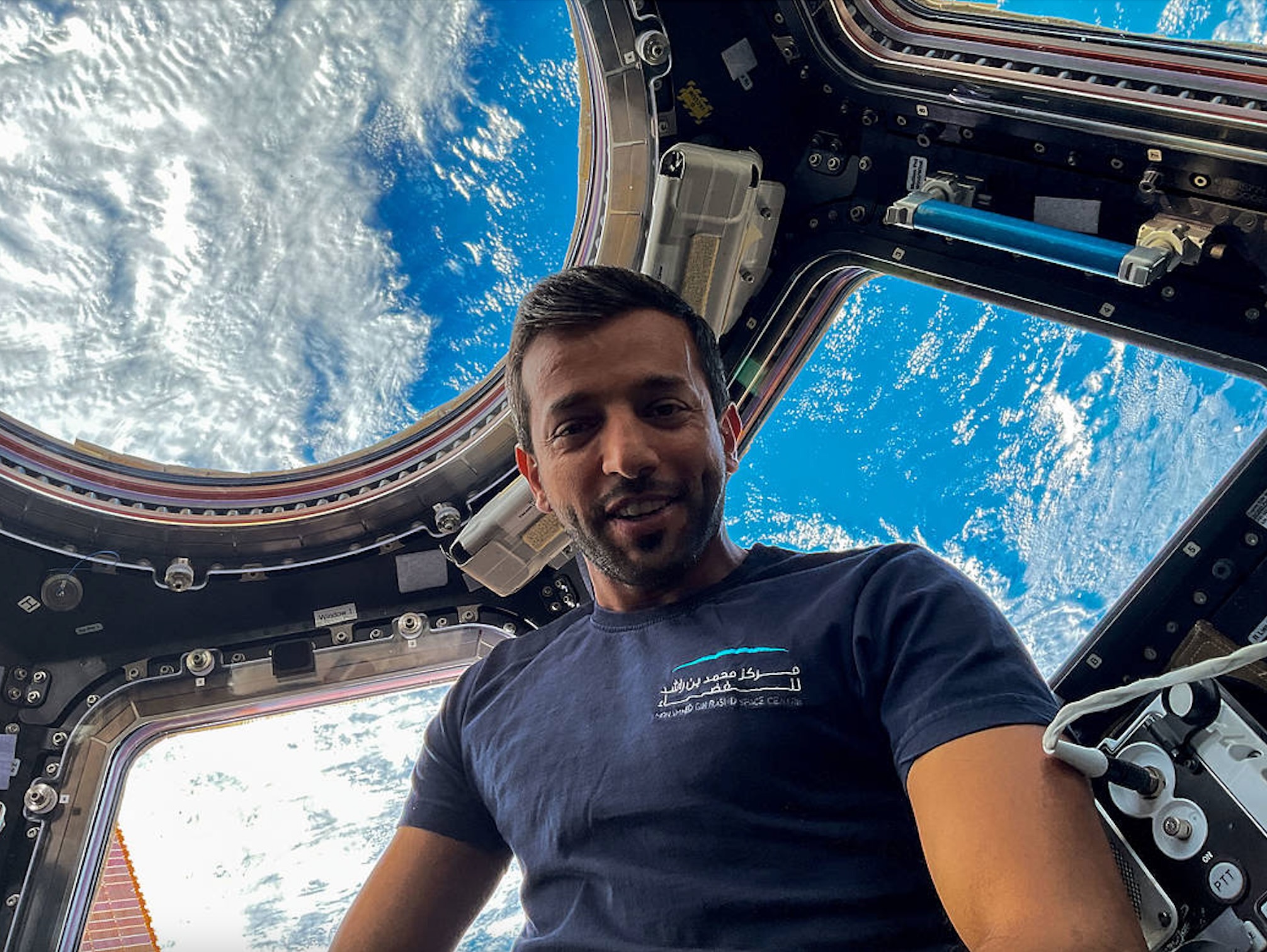
Sultan Al Neyadi to perform 1st spacewalk by an Arab astronaut this month
By Stefanie Waldek published
UAE astronaut Sultan Al Neyadi is scheduled to become the first Arab astronaut to perform a spacewalk on April 28, 2023. Al Neyadi is aboard the International Space Station for a six-month mission.
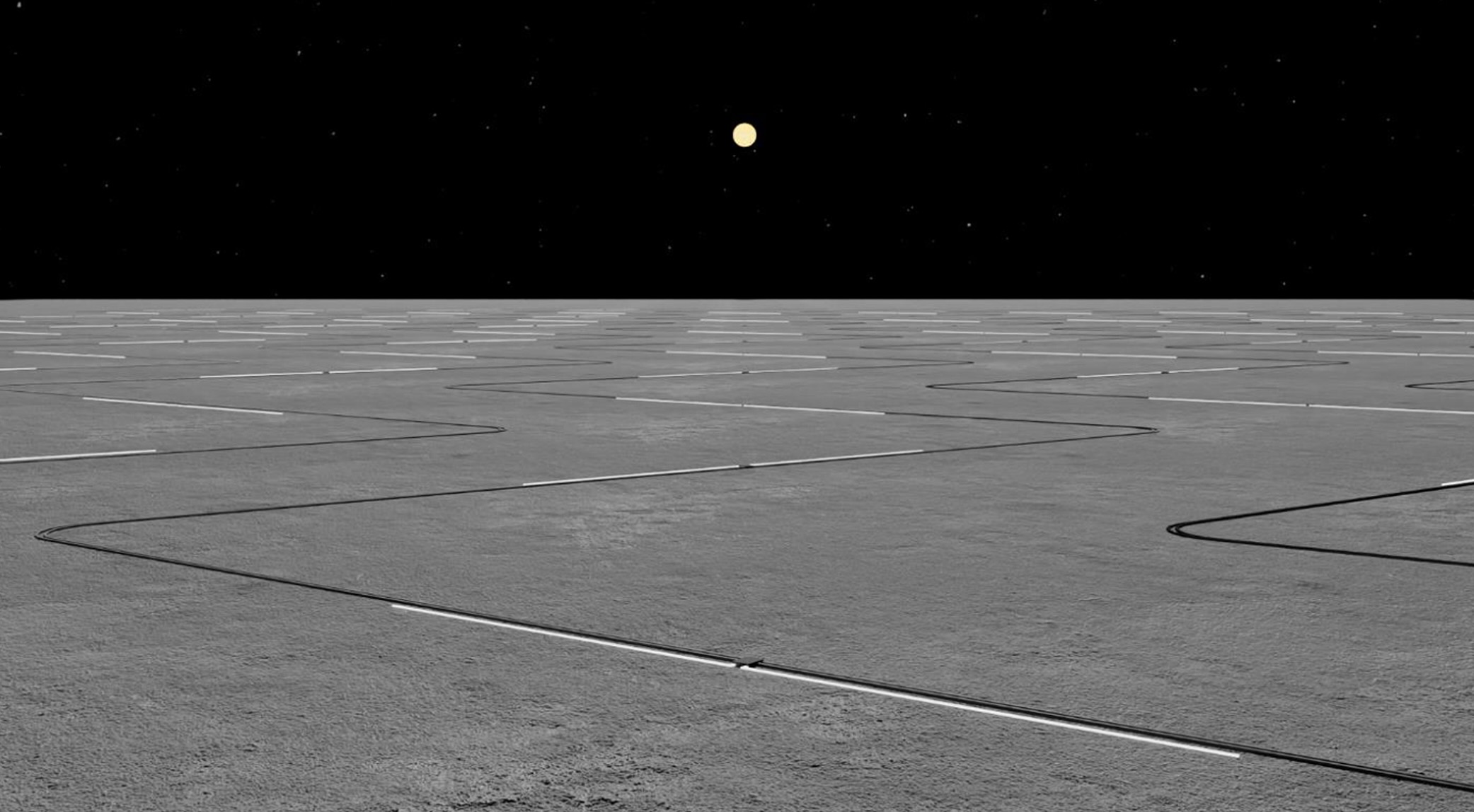
Pulverizing dangerous asteroids, building an observatory on the moon and more: 6 wild ideas catch NASA's eye
By Stefanie Waldek published
NASA has announced its 2023 Phase 2 NIAC grantees, a group of six futuristic concepts that include a radio telescope array on the moon and a new form of planetary defense.
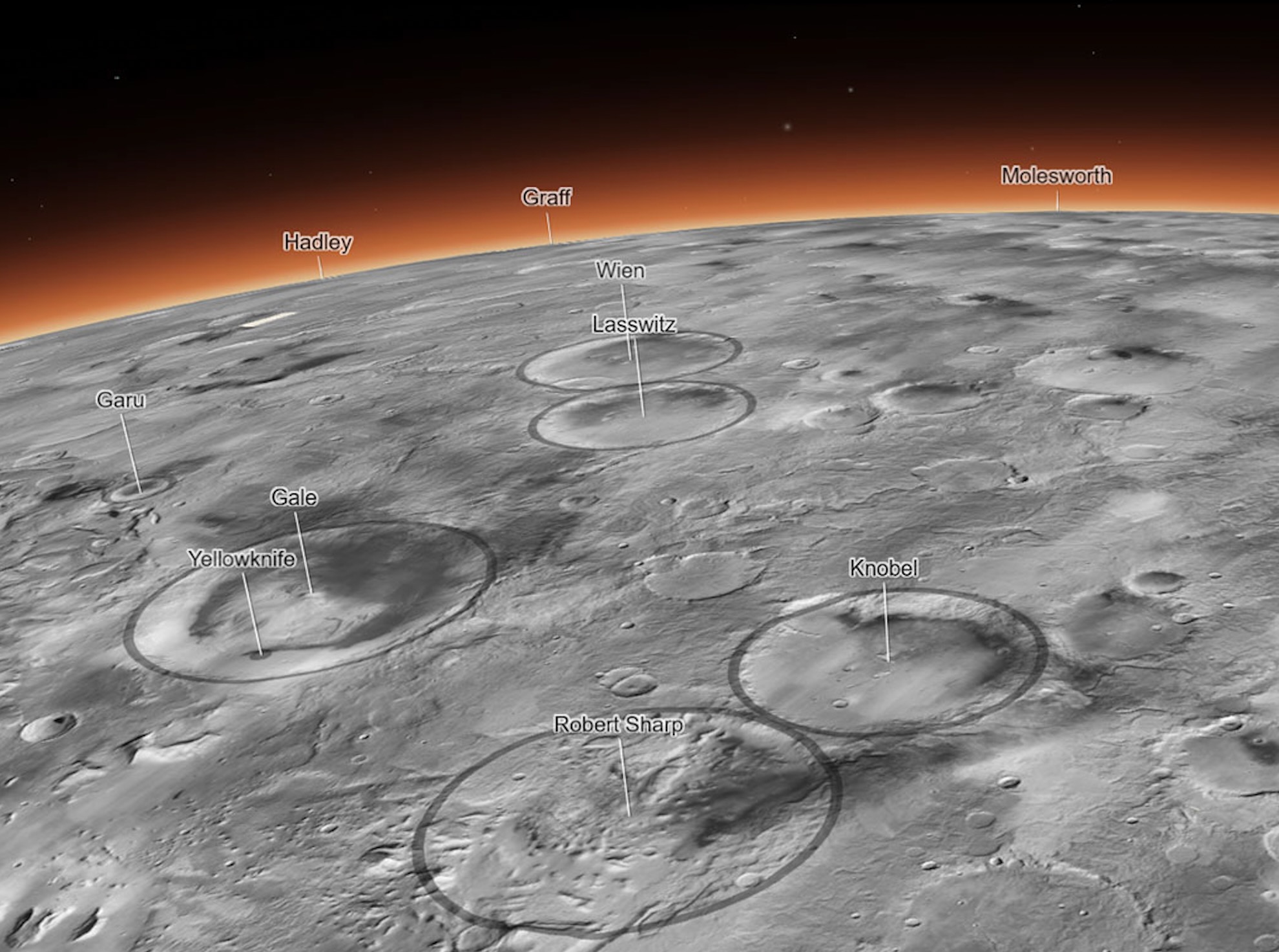
Zoom in on Mars like never before with this epic 3D map of the Red Planet
By Stefanie Waldek published
The interactive Global CTX Mosaic of Mars is the most detailed 3D map of Mars ever made. It was developed using 110,000 images taken by NASA's Mars Reconnaissance Orbiter.
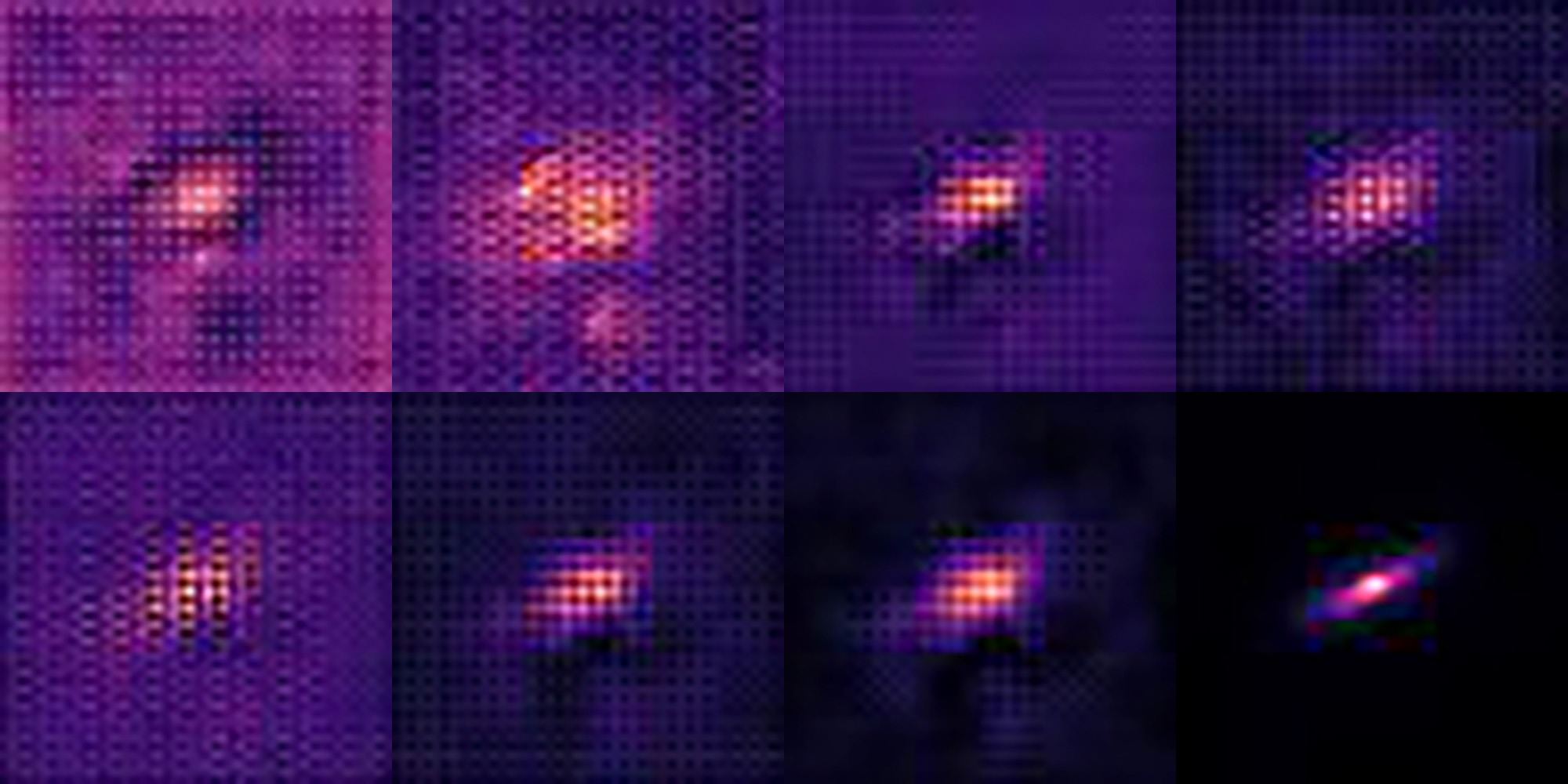
Astronomers develop new AI software to sharpen photos from ground-based telescopes
By Stefanie Waldek published
Researchers have developed new AI-powered software that can sharpen astronomical images from ground-based telescopes that are blurred by Earth's atmosphere.
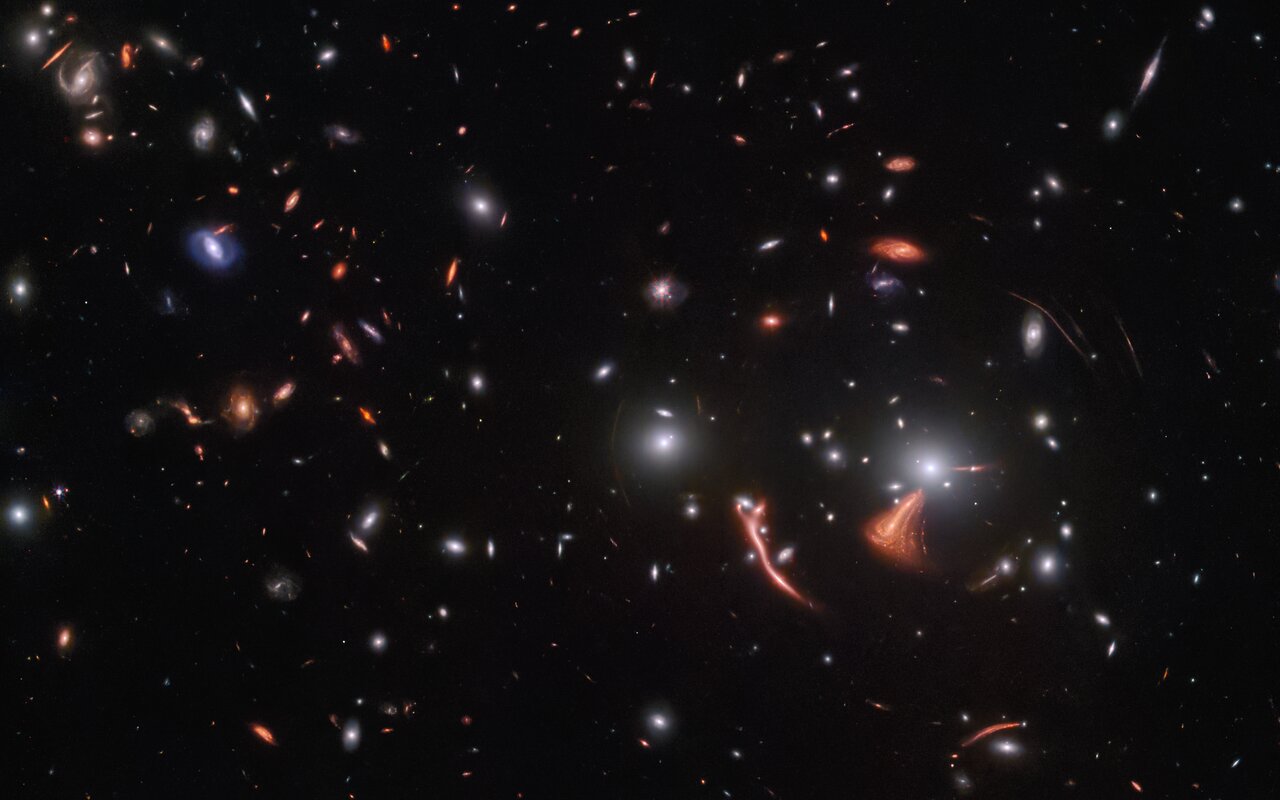
James Webb Space Telescope spots the Cosmic Seahorse through a gravitational lens (photo)
By Stefanie Waldek published
The Cosmic Seahorse galaxy is seen through a gravitational lens in a newly released image from the James Webb Space Telescope.
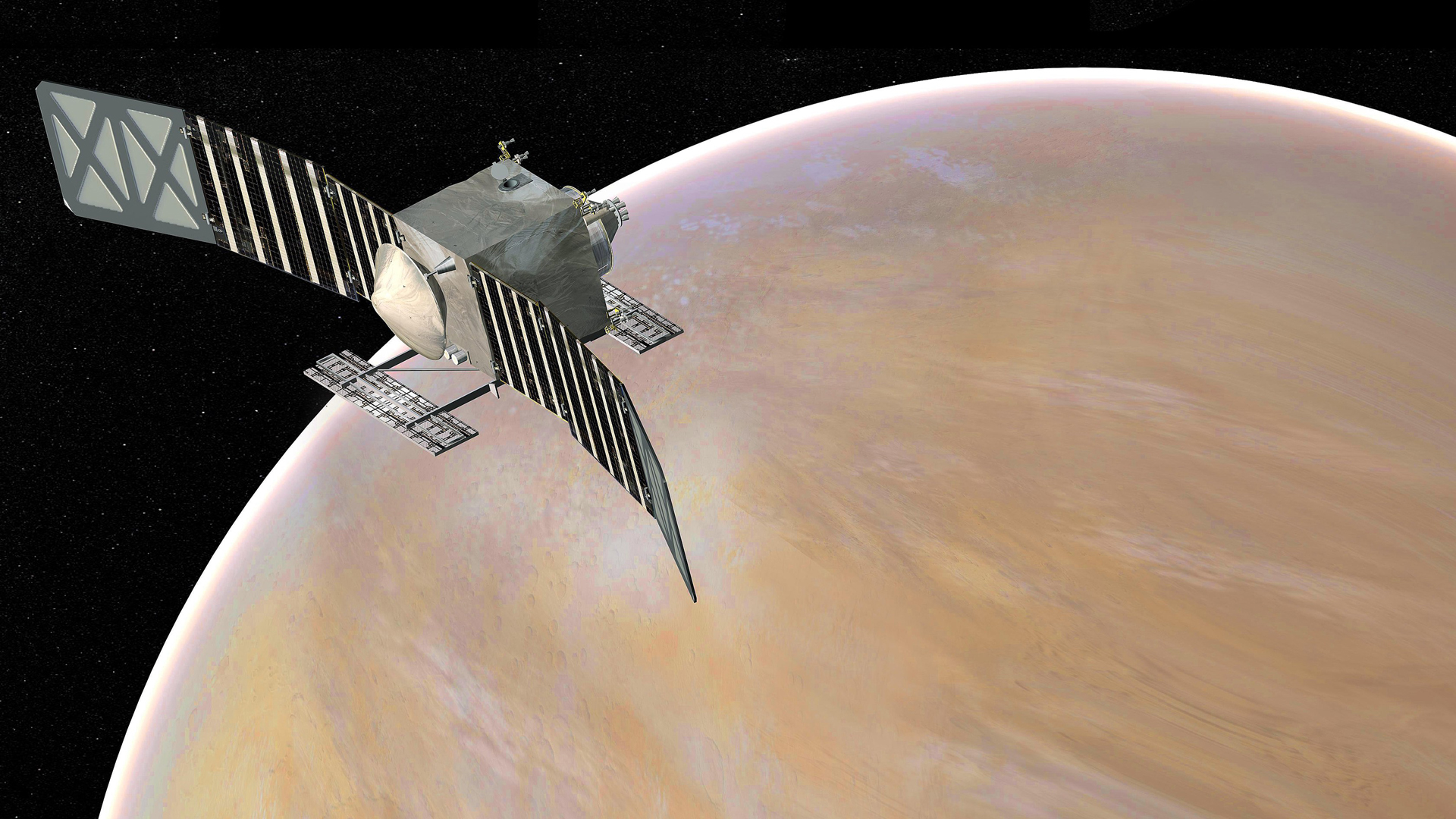
Planetary Society leads the charge to save NASA's VERITAS Venus mission
By Stefanie Waldek published
After dramatic budget cuts stalled NASA's VERITAS Venus mission, the nonprofit Planetary Society urges Congress for a revival.
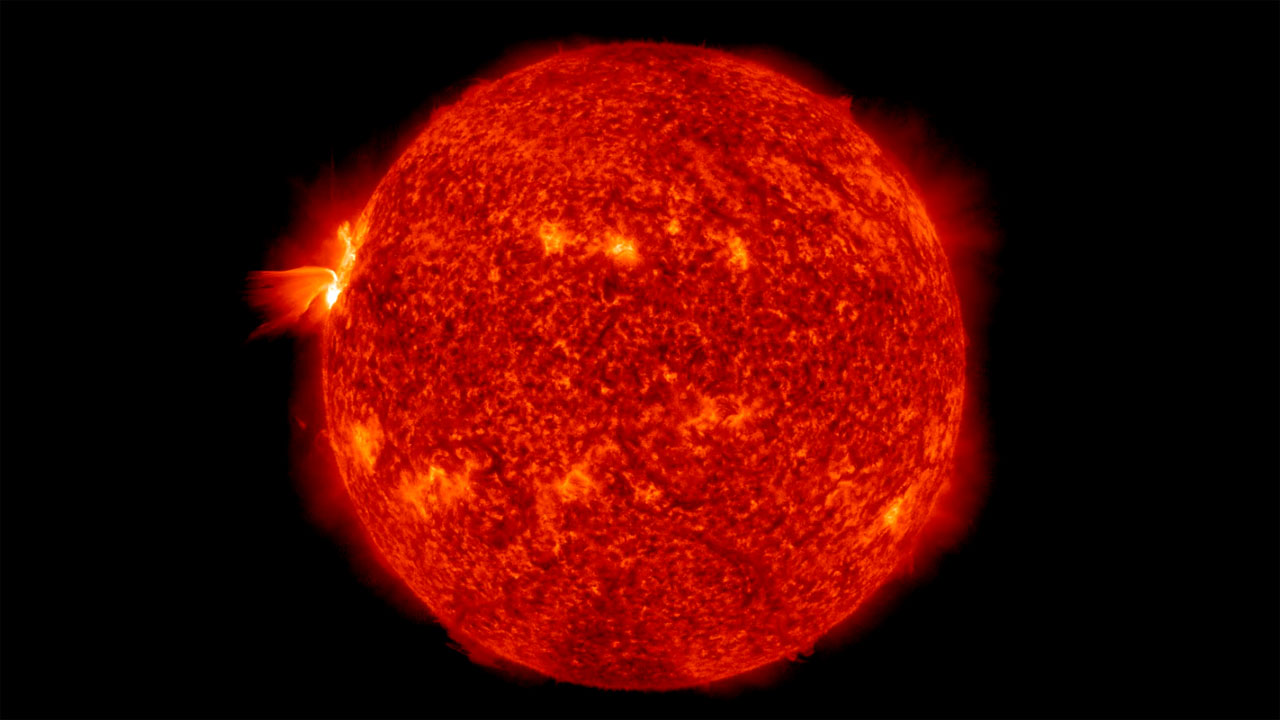
This new AI-powered computer model can predict dangerous solar storms
By Stefanie Waldek published
A new AI-powered computer model is trained to predict when and where solar storms will strike Earth, giving us time to prepare infrastructure that could be impacted, such as the power grid.
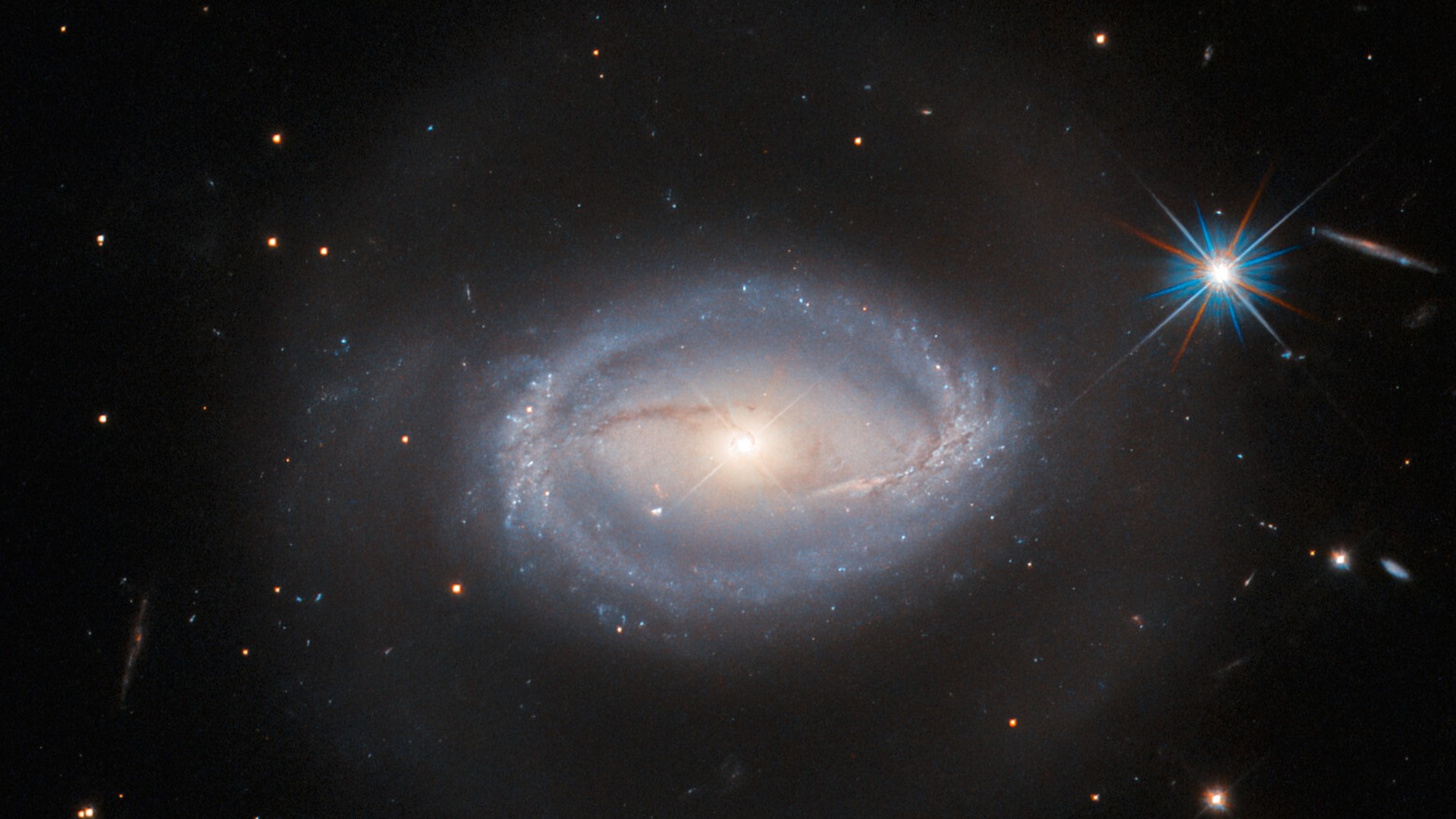
Hubble telescope spies mysterious celestial object that defies classification
By Stefanie Waldek published
The Hubble Space Telescope has imaged celestial object Z-229-15, which is simultaneously classified as a Seyfert galaxy, an active galactic nucleus (AGN), and a quasar.

Watch Mars near the first quarter moon in the night sky tonight
By Stefanie Waldek published
This month's first quarter moon occurs today, March 28, meaning it will appear half-full in the night sky.

Scientists find meteorite in Texas from fireball that exploded with the force of 8 tons of TNT
By Stefanie Waldek published
The meteoroid was traveling about 27,000 mph (43,452 kph) when it struck the atmosphere, exploding into smaller pieces — some of which hit the ground.
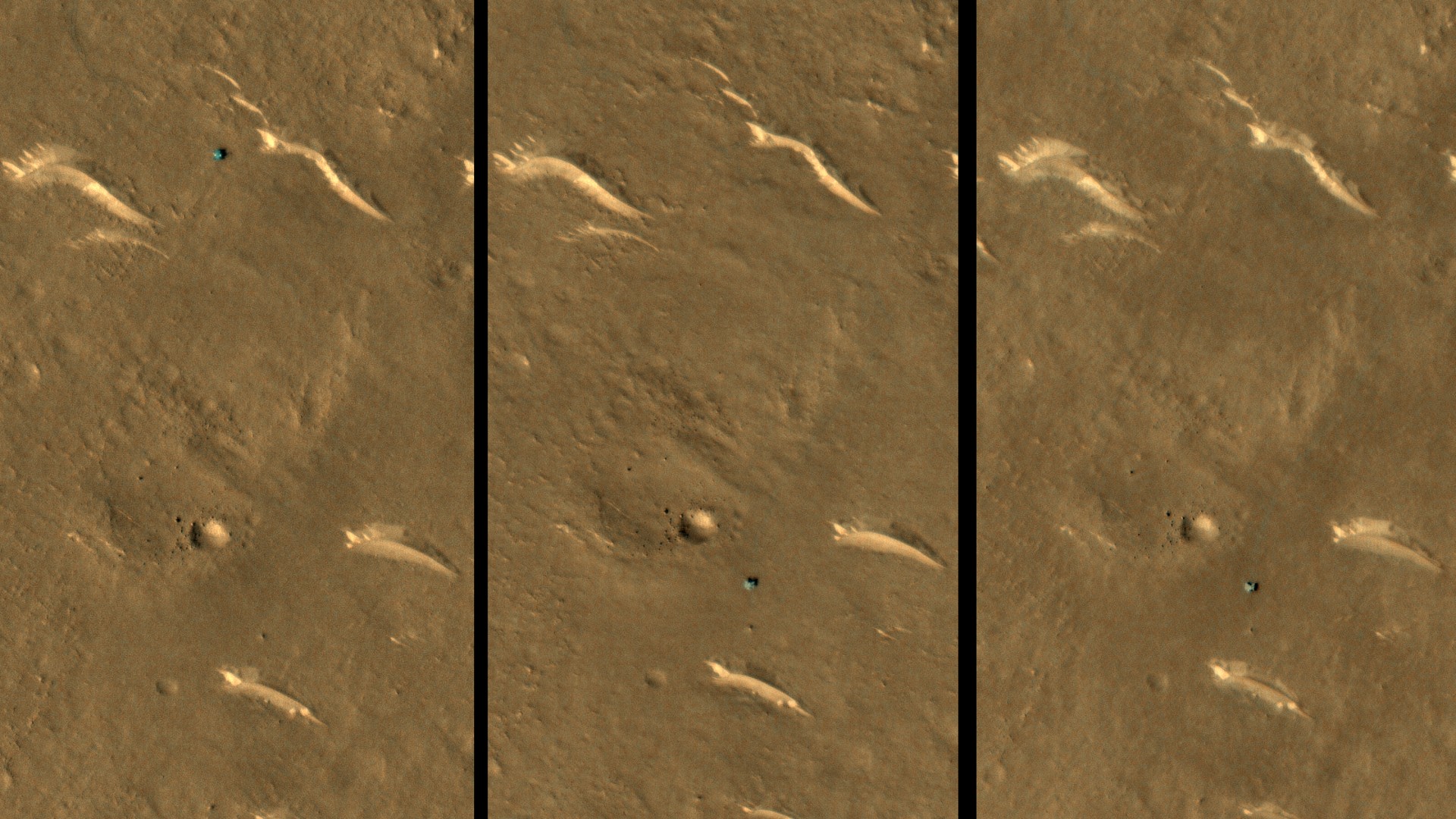
NASA's Mars Reconnaissance Orbiter confirms that China's Zhurong rover has been stationary for months
By Stefanie Waldek published
NASA's Mars Reconnaissance Orbiter photographed China's Zhurong rover in the same location for five months, indicating the rover has not yet awoken from hibernation.
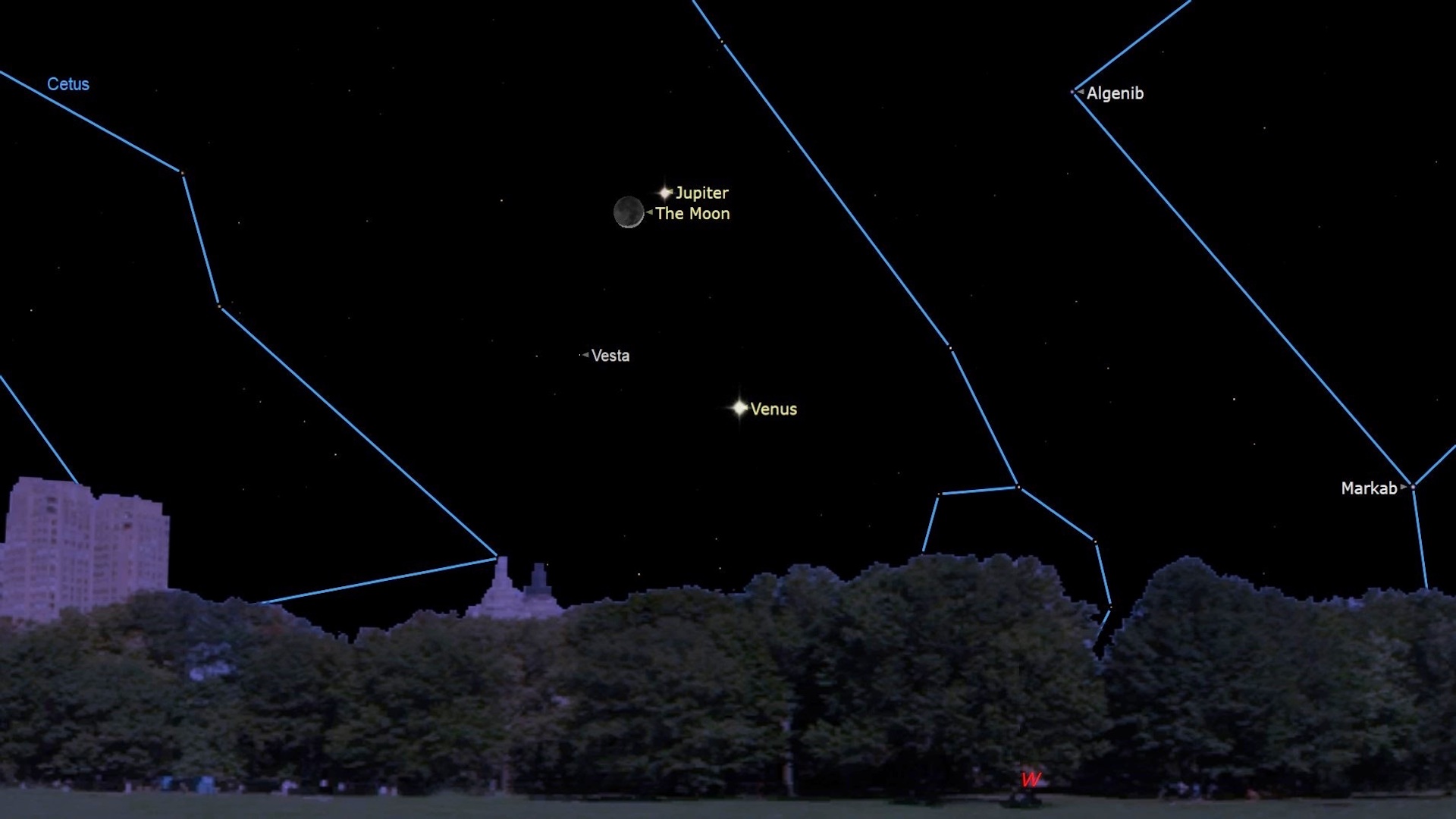
See the moon and Venus dance together in Wednesday evening's sky
By Stefanie Waldek published
On Wednesday (Feb. 22), the moon and Venus will make a close approach and also reach conjunction, which happens when they share the same right ascension.
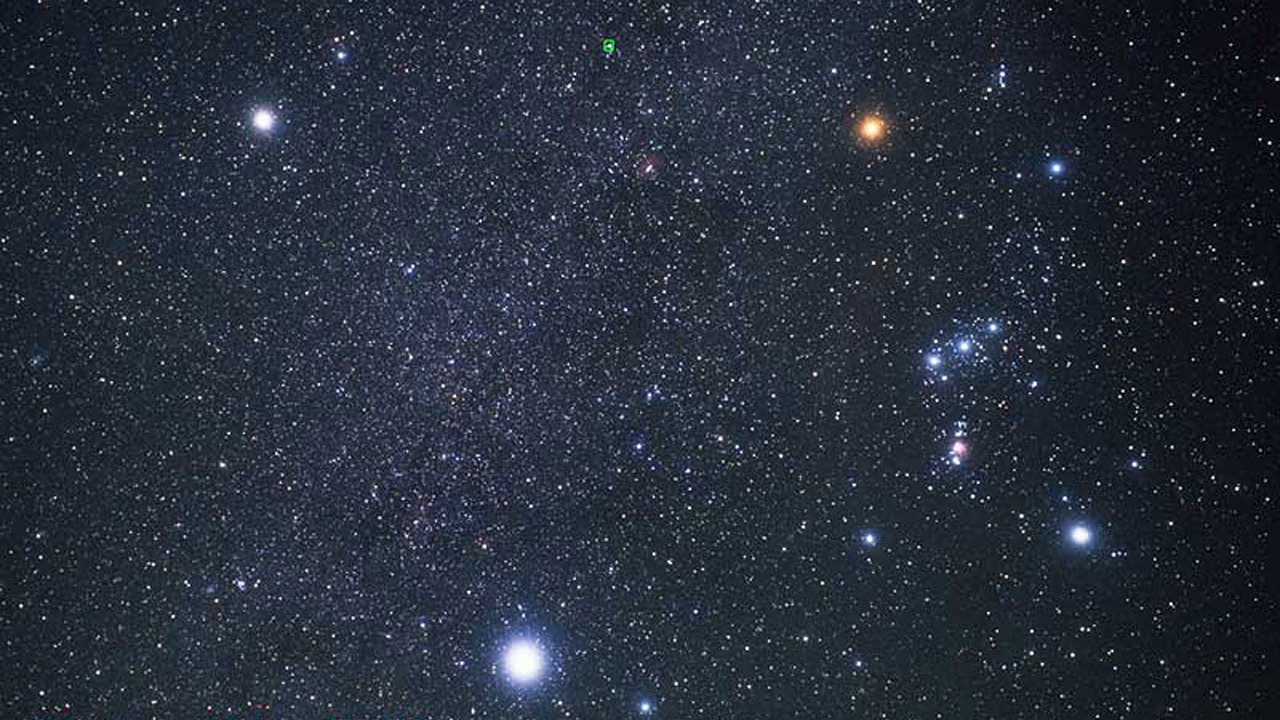
February's new moon makes this a great night to view the Winter Triangle
By Stefanie Waldek published
The moon will be completely dark tonight as it enters the new moon phase of its 29.5-day cycle.
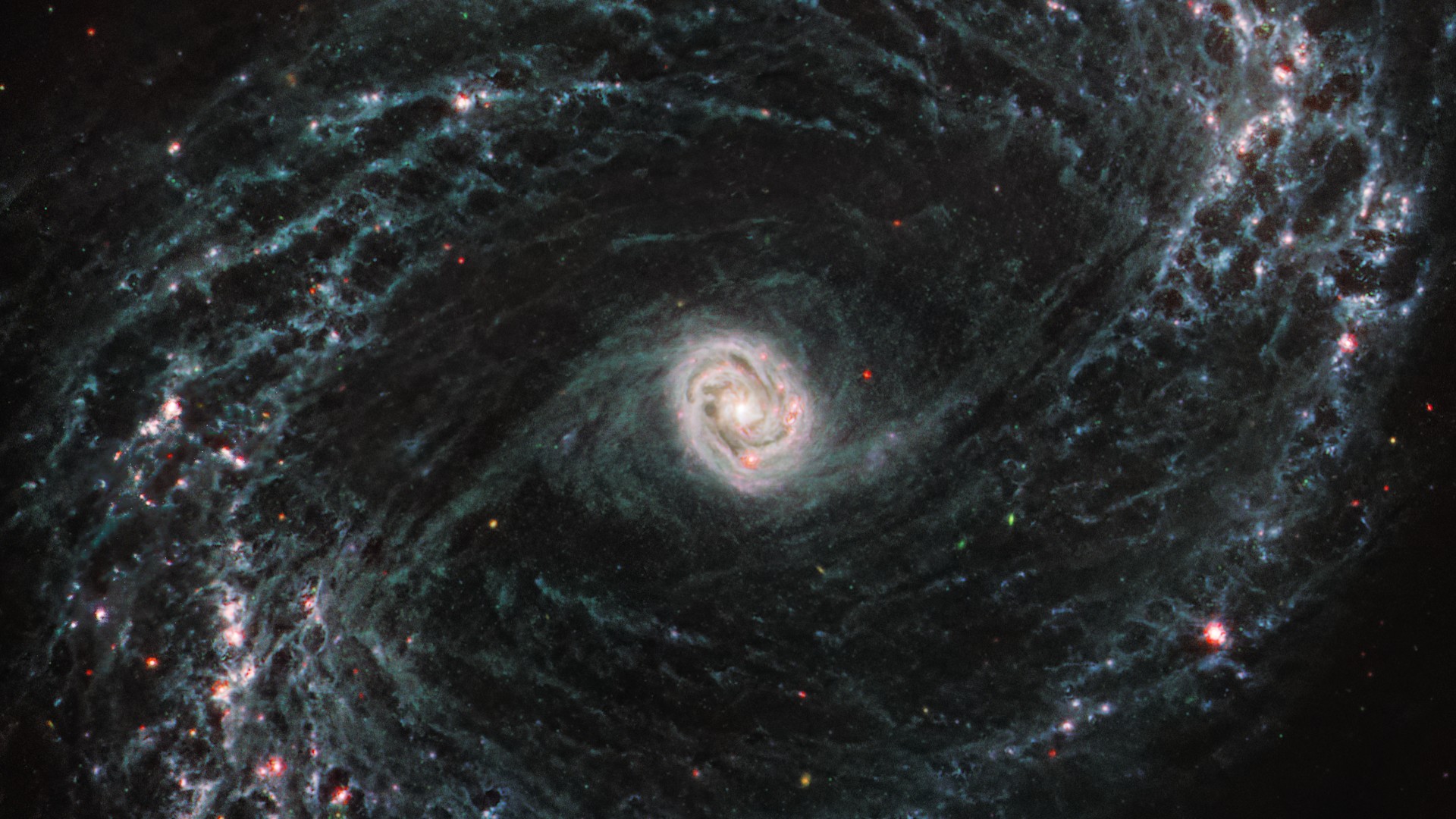
James Webb Space Telescope spies baby stars dancing in swirling gas and dust (photos)
By Stefanie Waldek published
The James Webb Space Telescope spied the arms of barred spiral galaxy NGC 1433 teeming with young stars that are affecting the clouds of gas and dust around them.
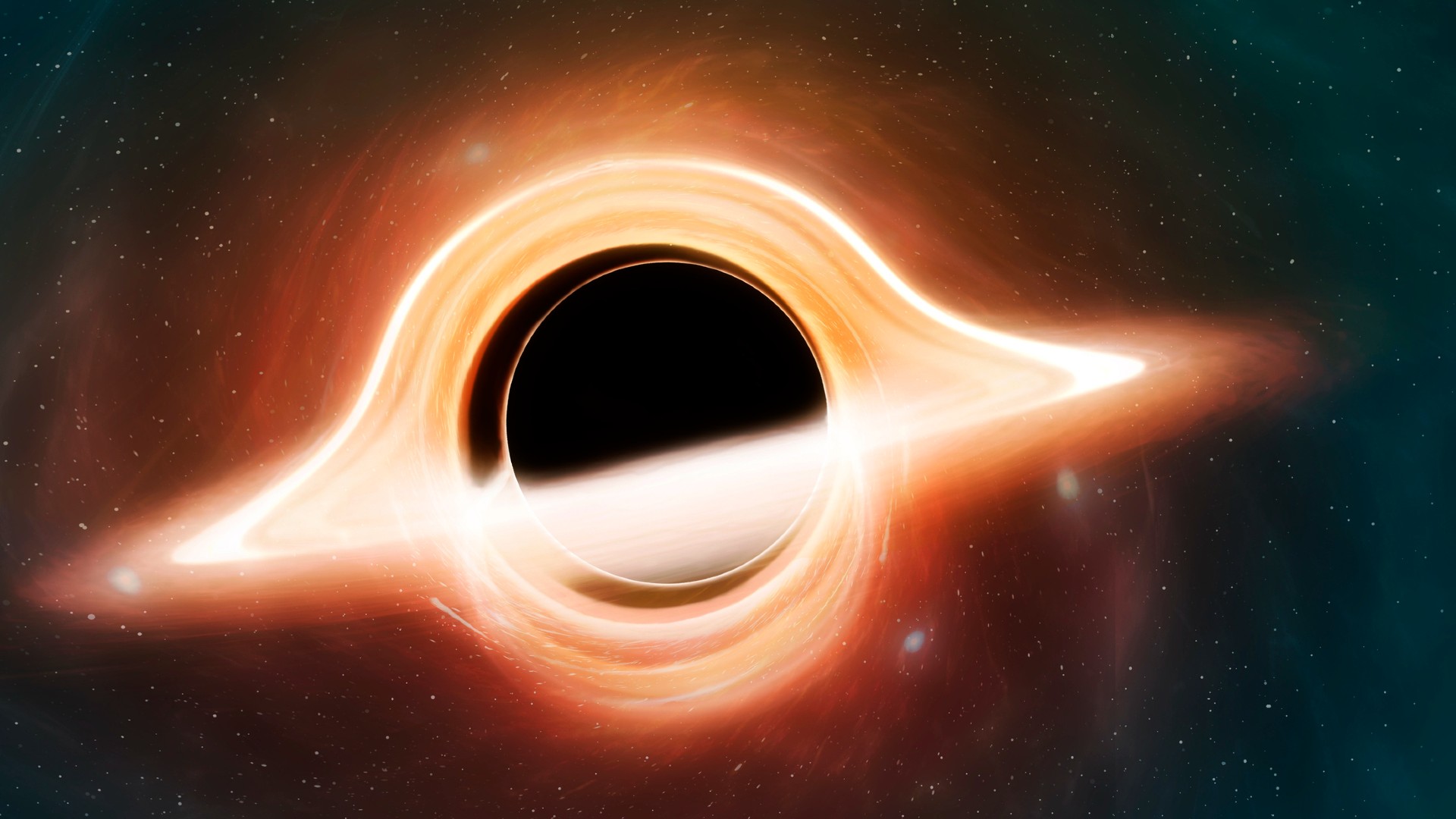
Black holes may be the source of mysterious dark energy
By Stefanie Waldek published
Black holes may be the origin of dark energy, according to a study by a team of researchers led by the University of Hawaii.
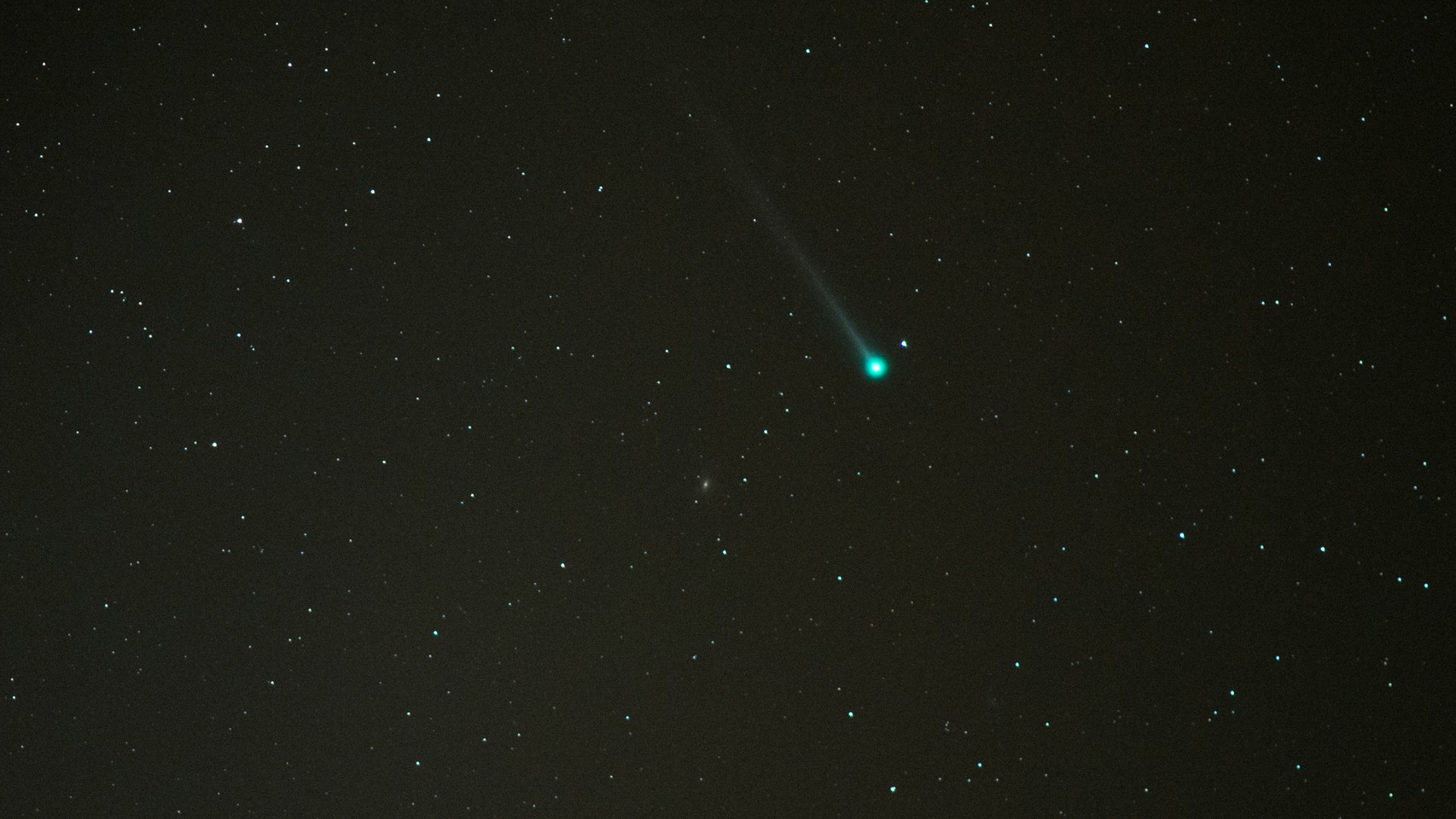
Comet C/2022 A2 (Pan-STARRS) passes close by the sun this weekend
By Stefanie Waldek published
The comet C/2022 A2 (Pan-STARRS) will reach perihelion, or the closest point to the sun in its orbit, on Saturday, Feb. 18. The comet will be visible from Earth at dawn and dusk.

Earth-size exoplanet spotted just 72 light-years away
By Stefanie Waldek published
The newfound exoplanet K2-415b is not within the habitable zone of its red dwarf host star, but it could have a neighbor that is.
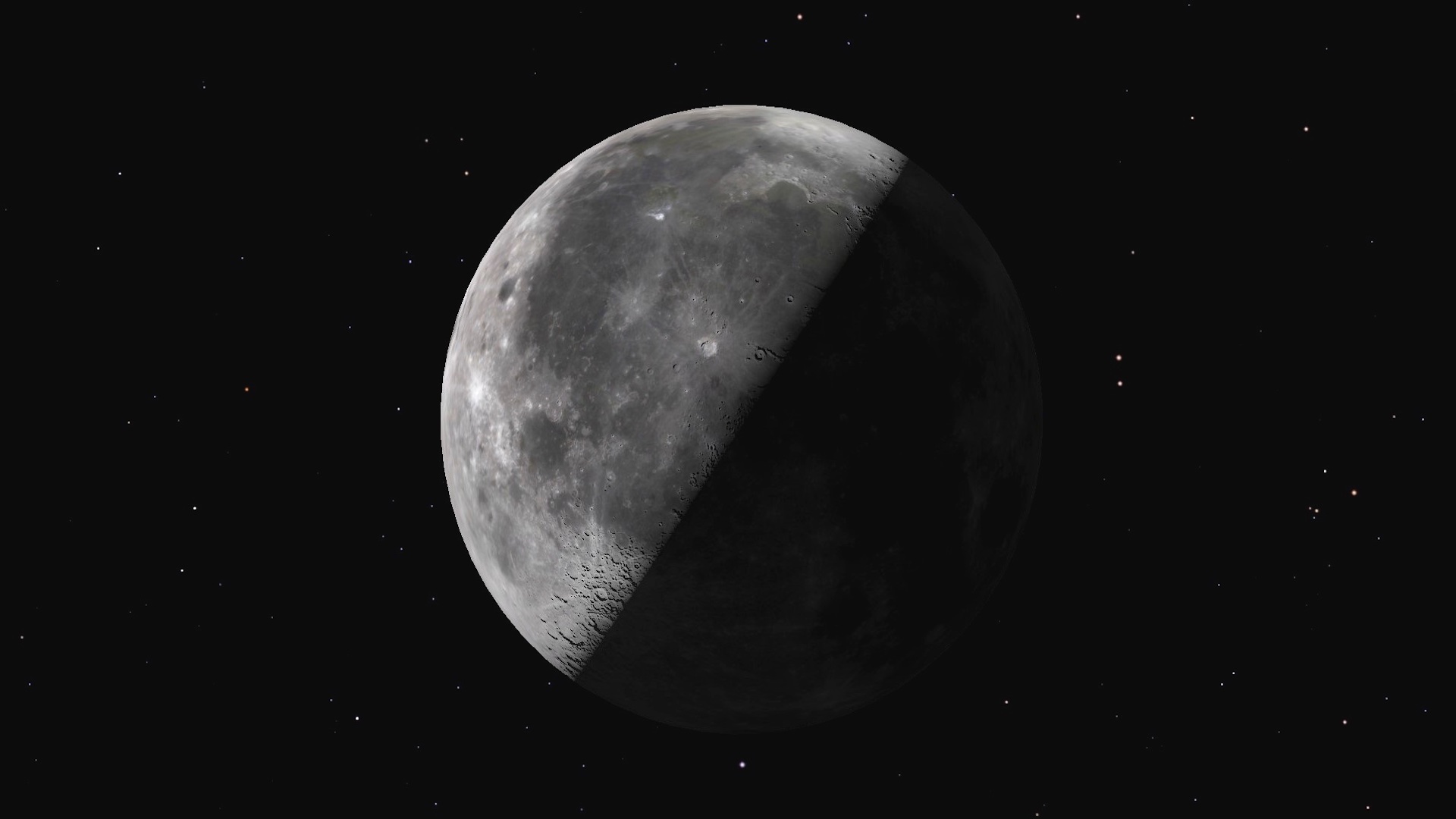
See the half-lit last quarter moon rise tonight
By Stefanie Waldek published
Tonight the moon will reach its third-quarter phase, the last phase in the moon's monthly four-phase cycle. It will continue to wane until the new moon on Feb. 20.

Mars atmosphere mystery could be solved by rocks in Minnesota
By Stefanie Waldek published
We know precious little about how Mars got its atmosphere or how it disappeared. Now, thanks to some rocks from Duluth, Minnesota, scientists have a new theory.

Chaotic 'knot' of merging galaxy clusters captured in multiple wavelengths
By Stefanie Waldek published
Combining X-ray, radio, optical and infrared wavelengths, astronomers have imaged the messy collision of three galactic clusters leading to the formation of Abell 2256.
Get the Space.com Newsletter
Breaking space news, the latest updates on rocket launches, skywatching events and more!
